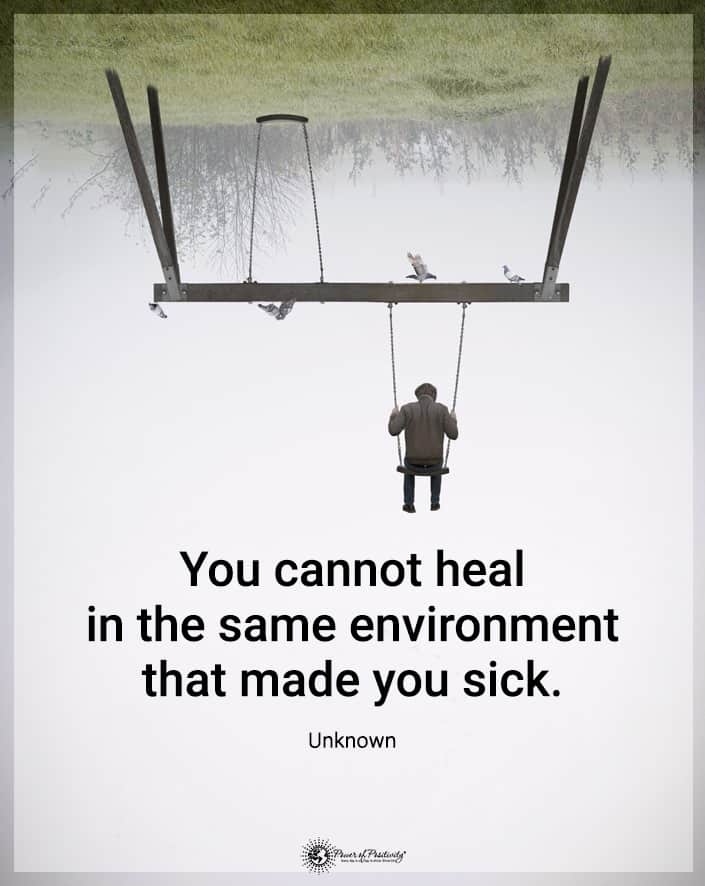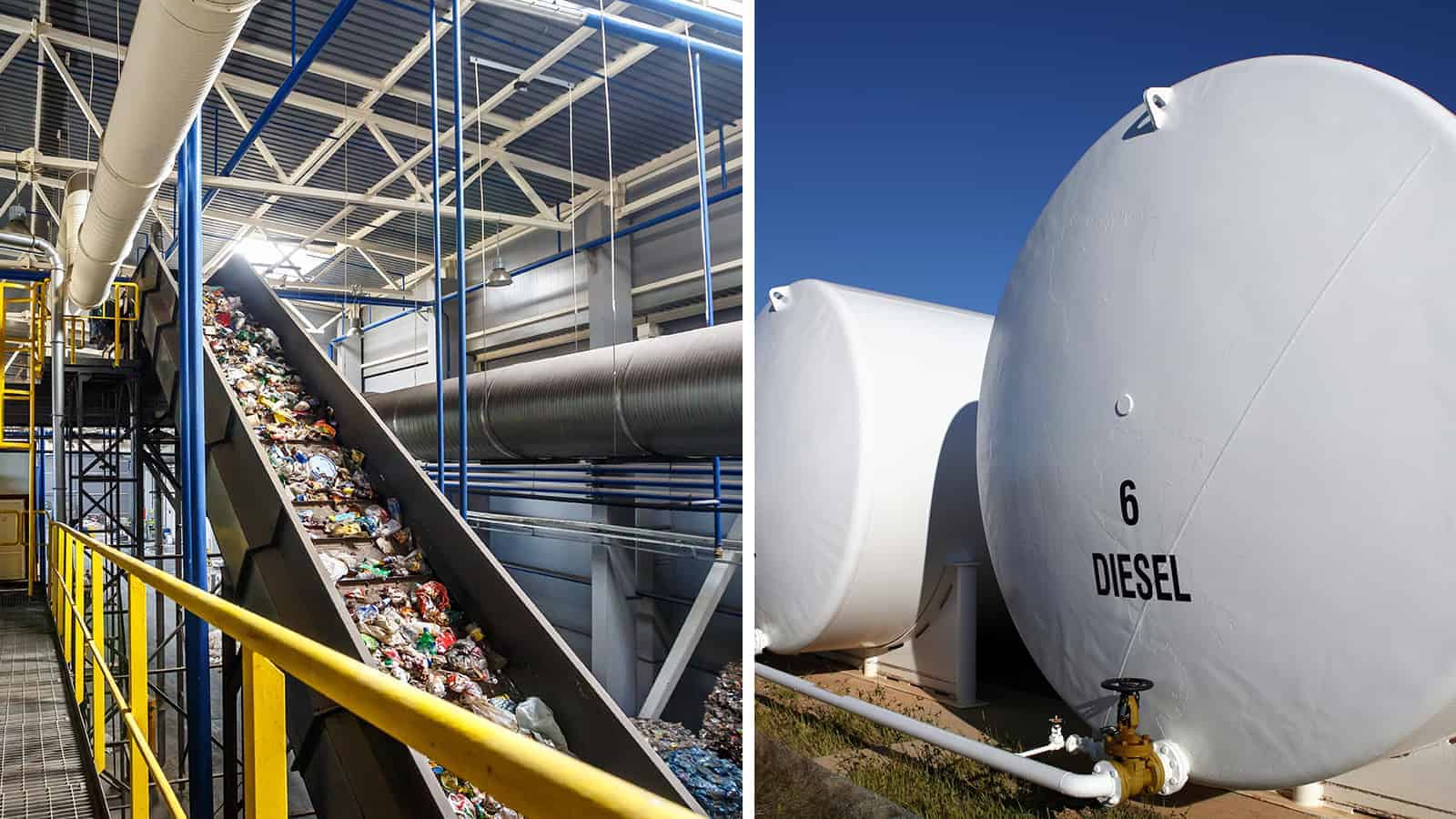Researchers from RMIT University in Melbourne, Australia, have developed an ecofriendly, affordable way to upcycle used plastic. Instead of polluting the land and oceans, plastic can become valuable nanomaterials and clean liquid fuel.
Currently, a mere 20% of plastic waste gets recycled globally. Due to cost constraints and inadequate recycling infrastructure, increasing this number remains challenging. Often, plastic waste gets sent to third-world countries that don’t have proper facilities to manage it. So, it inevitably ends up in the environment, posing threats to marine and land animals and the ecosystems they inhabit.
Also, recycled plastic usually becomes lower-value products, making the entire process costly and inefficient. However, the new method from Australian researchers would generate income by upcycling plastic. New technology offers an opportunity to develop carbon nanotubes and high-quality fuel from used plastic.
Not to mention, the process would provide a solution for upcycling agricultural waste simultaneously. Researchers found that they could transform organic waste into a carbon-rich, valuable type of charcoal to accelerate the upcycling method.
About the study
The team published their revolutionary two-step process in the Journal of Environmental Management. The study focused on polypropylene, a standard plastic used for packaging and parts for machinery such as cars.
Lead researcher Associate Professor Kalpit Shah explains that the process would benefit both the economy and the environment. Upcycling these enormous sources of waste into a circular economy generates profits and eliminates plastic pollution simultaneously. He said this about the project:
“Our method is clean, cost-effective and readily scaleable. It’s a smart solution for transforming both used plastic and organic waste — whether tonnes of biomass from a farm or food waste and garden clippings from household green bins. We hope this technology could be used in future by local councils and municipal governments to help turn this waste into genuine revenue streams.”
 Turning plastic into valuable nanomaterials
Turning plastic into valuable nanomaterials
The new plastic upcycling approach provides an eco-friendly option for producing carbon nanotubes (CNTs). These hollow, cylindrical molecules consist of a hexagonal arrangement of hybridized carbon atoms. They’re formed by rolling up either a single sheet of graphene (single-walled carbon nanotubes, SWCNTs) or multiple sheets of graphene (multiwalled carbon nanotubes, MWCNTs).
Because carbon nanotubes tend to rope together, they have highly conductive thermal and electronic properties. They can produce durable, low-weight materials and have applications such as the following:
- electronics
- fuel cells
- biomedical technologies
- hydrogen storage
- composite materials
The demand for carbon nanotubes continues to rise, mainly in the aerospace and defense sectors, creating lightweight parts. Experts estimate that the global market for CNTs will approach $5.8 billion by 2027.
The process converts plastics into clean fuel and nanomaterials simultaneously.
The first part of the process transforms agricultural or organic waste into a carbon-rich form of charcoal. Called biochar, the substance can help repair and fortify the soil. The biochar also eradicates toxic chemicals like Poly-cyclic Aromatic Hydrocarbons or PAHs. As the plastic waste breaks down into gas and oil, the biochar helps filter out any remaining contaminants.
After the toxic substances get eliminated, the process converts plastics into clean liquid fuel. Simultaneously, the carbon in the plastic transforms into carbon nanotubes that cover the biochar. Then, industries can use the nanotubes, or farms can apply the improved biochar to the soil needing remediation.
The study marks the first to use affordable, easily accessible biochar to accelerate the process of upcycling plastics into fuel and nanomaterials.
Shah, the Deputy Director (Academic) of the ARC Training Centre for Transformation of Australia’s Biosolids Resource at RMIT, revealed even more positive news. Even though the study only analyzed one type of plastic, this method could apply to many other plastic varieties.
Shah explained:
“We focused on polypropylene as this is widely used in the packaging industry. While we need to do further research to test different plastics, as the quality of the fuel produced will vary, the method we’ve developed is generally suitable for upcycling any polymers — the base ingredients for all plastic.”
Researchers will conduct future experiments using a hyper-efficient reactor
Researchers conducted the experiments in a laboratory using a three-zone furnace fixed bed reactor. RMIT also developed and patented a new hyper-efficient reactor that dramatically improves heat and mass transfer. This helps reduce overall operating costs and optimizes the process.
According to their research, the polypropylene became pyrolyzed (decomposed through heating to a high temperature) in the second zone. Carbon nanotube production followed in the third zone. Researchers determined the best crystalline structure of CNTs formed at about 900 degrees C using biochar as the catalyst.
In the next phase of upcycling research, the team will use complex computer models to make the process more efficient. Next, they will conduct pilot trials using the new reactor. The research team from RMIT’s School of Engineering also hopes to collaborate with plastic and waste companies. The partnerships could offer opportunities to discuss potential applications of the plastic upcycling process.
An Australian Research Council DECRA Fellowship helped support this research.
Besides converting to fuel, here are some other promising ideas to reduce plastic waste
- University of Portsmouth researchers developed a “super enzyme” called PETase that can break down plastic in just a few days!
- A plastic-eating worm called the waxworm could solve the plastic pollution crisis. These worms have a particular enzyme to help digest plastic.
- Many countries like Mexico have started banning single-use plastics. Alternatives to plastic include bamboo, glass, stainless steel, natural fiber cloths, and ceramics.
 Final thoughts: Researchers have found a new way to upcycle plastic into fuel and nanomaterials
Final thoughts: Researchers have found a new way to upcycle plastic into fuel and nanomaterials
Plastic pollution may have already reached a tipping point. Our oceans and living spaces have become littered with plastic, and it’s starting to affect our health. However, scientists discovered that plastic might serve a better function than simply becoming consumer products.
Australian researchers developed a two-step process to convert used plastic into clean fuel and nanomaterials. Upcycling plastic and agricultural waste would create a circular economy to generate revenue and heal the environment simultaneously. In the future, they hope to work with plastic companies to discuss options for upcycling discarded materials.


















